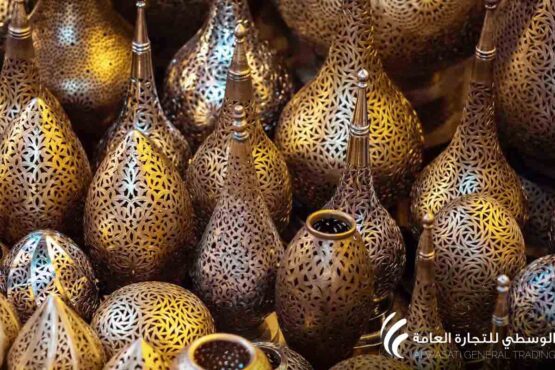In the world of fashion, there are garments that transcend trends and become timeless symbols of elegance. Arabic Garments – Abayas, Jalabiyas, and Kaftans – hold a special place in this realm. These garments are not just fabrics; they are woven threads of culture, history, and artistry. Join us on a journey to explore the allure of Arabic fashion, where elegance is redefined through intricate designs, rich fabrics, and a heritage that spans generations.
Abayas: The Epitome of Grace:
The Abaya, with its flowing lines and modest silhouettes, is a canvas where elegance meets modesty. Its origins are rooted in Islamic tradition, where it serves as a symbol of respect and humility. Today, Abayas come in a myriad of designs, each reflecting the wearer’s individual style. From classic black to vibrant hues, these garments celebrate diversity while remaining steadfast in their essence.
Jalabiyas: An Ode to Tradition:
The Jalabiya, with its origins tracing back to the Arabian Peninsula, is a testament to the enduring beauty of tradition. Worn by both men and women, it showcases intricate embroidery, geometric patterns, and a spectrum of colors that tell stories of heritage. The Jalabiya is not just a garment; it’s a living piece of history that bridges the past with the present.
Kaftans: Luxurious Elegance:
Kaftans, with their flowing silhouettes and opulent embellishments, bring a touch of regal luxury to Arabic fashion. Originating in the Ottoman Empire, these garments have evolved to become symbols of sophistication and grace. They are often adorned with intricate beadwork, sequins, and embroidery that add a layer of opulence to their already elegant appeal.
The Choice of Fabrics: Weaving Traditions:
The choice of fabrics in Arabic Garments is a meticulous process that pays homage to both comfort and tradition. Silk, chiffon, and satin are often used to create garments that drape gracefully and exude a sense of luxury. The careful selection of fabrics ensures that each piece not only looks stunning but also feels delightful against the skin.
Intricate Designs: A Story in Every Stitch:
The intricate designs on Arabic Garments are a visual narrative of culture and history. From geometric patterns that echo the beauty of Arabic architecture to delicate floral motifs that pay homage to nature, these designs hold the essence of a rich heritage. Embroidery, beadwork, and hand-painted elements come together to create garments that are wearable art.
Conclusion: Heritage in Threads:
Arabic Garments are more than just clothing; they are carriers of tradition, elegance, and the stories of generations. In their graceful folds and intricate designs, they encapsulate the essence of a culture that celebrates beauty in modesty, opulence in simplicity, and history in every thread. As we embrace the allure of Arabic fashion, we not only adorn ourselves in elegance but also carry forward the legacy of a vibrant and enchanting heritage.


